This is a small native Medicine plant affectionately known as Gumbi Gumbi, it actually has many names as it has many uses. It is also known as Western Pittosporum, Berrigan, Bitter Bush, Cattle Bush, Cheesewood, Butter Bush, Native Willow or Native Apricot. The properties of Gumbi Gumbi are quite potent and only those familiar with the plant should use the leaves, sap or fruit. I also think this hardy species has huge ornamental potential in the garden it makes for a soft screening plant or would also make an excellent feature shrub in many gardens.
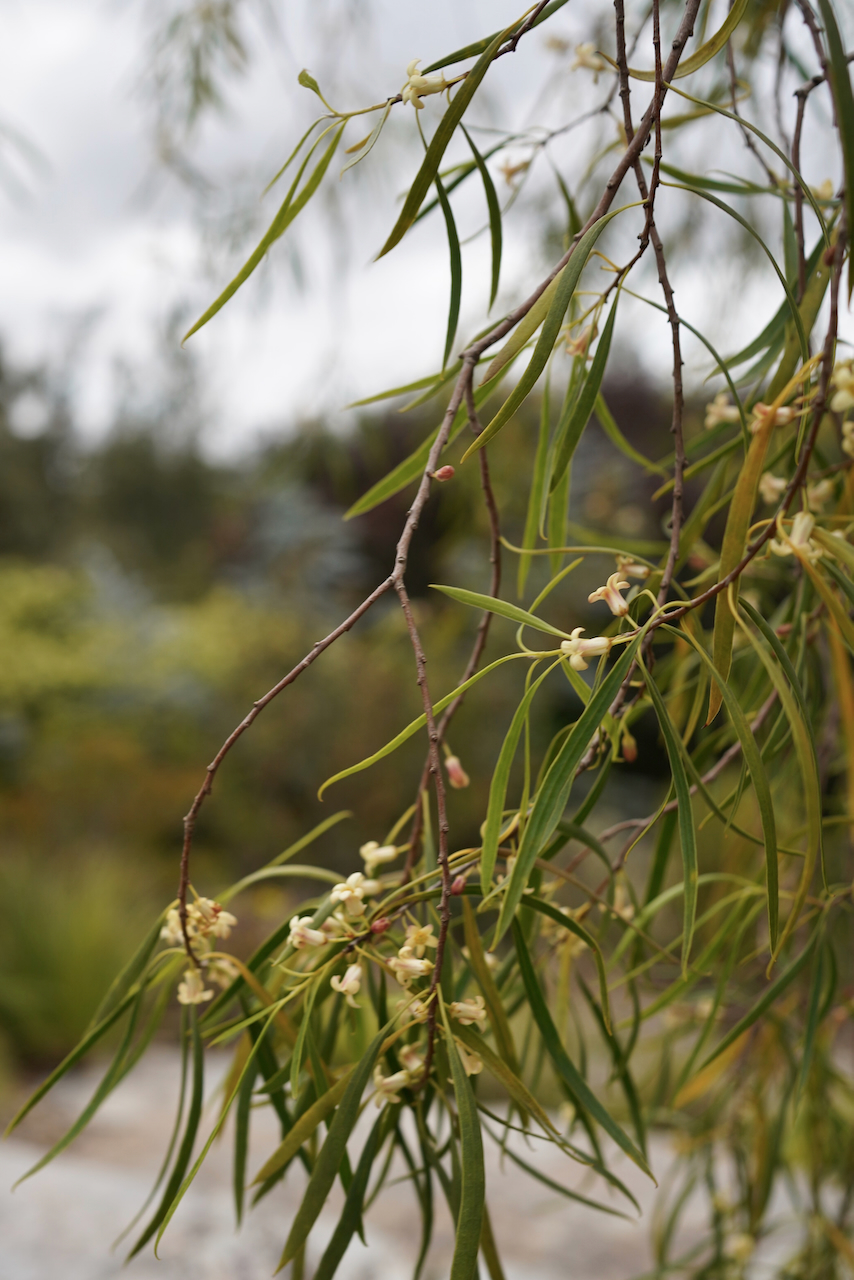
Pittosporum angustifolium is a small tree or large shrub which can grow upto 10mts in height, it is a slow grower and in most cases will only get to 5- 6mts in a suburban garden. It has a stunning weeping habit with long slender leaves which sway in the breeze.
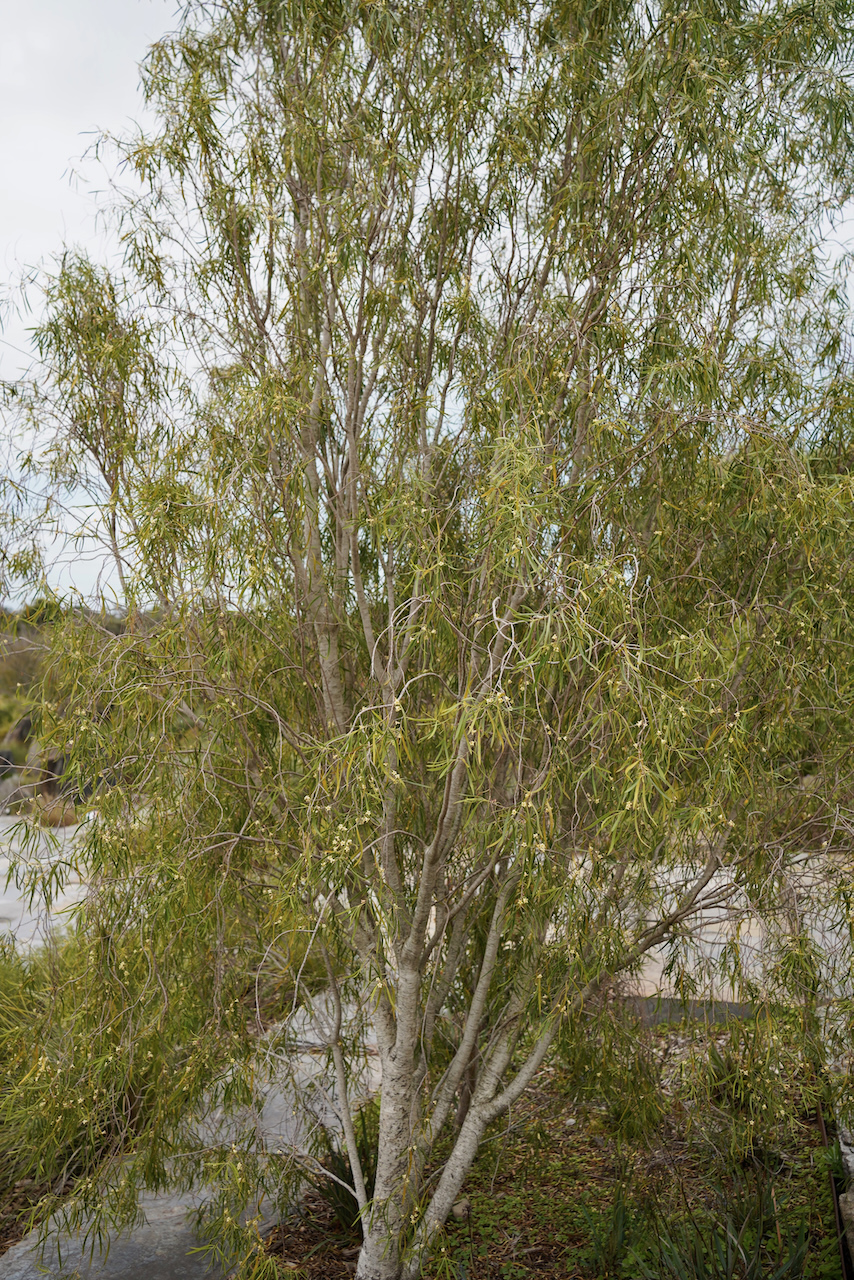
Traditionally Pittosporum angustifolium is known as a spiritual and medicine plant. The leaves can be boiled to make a tea to heal a cold, cramps, sprains and eczema. It was also used to encourage milk flow after childbirth, the warm leaves applied to the chest.

The wood was used to make small tools, such as axe handles and shields. The gum (dhani) that oozes from wounded branches (bungun) was eaten for its high energy.
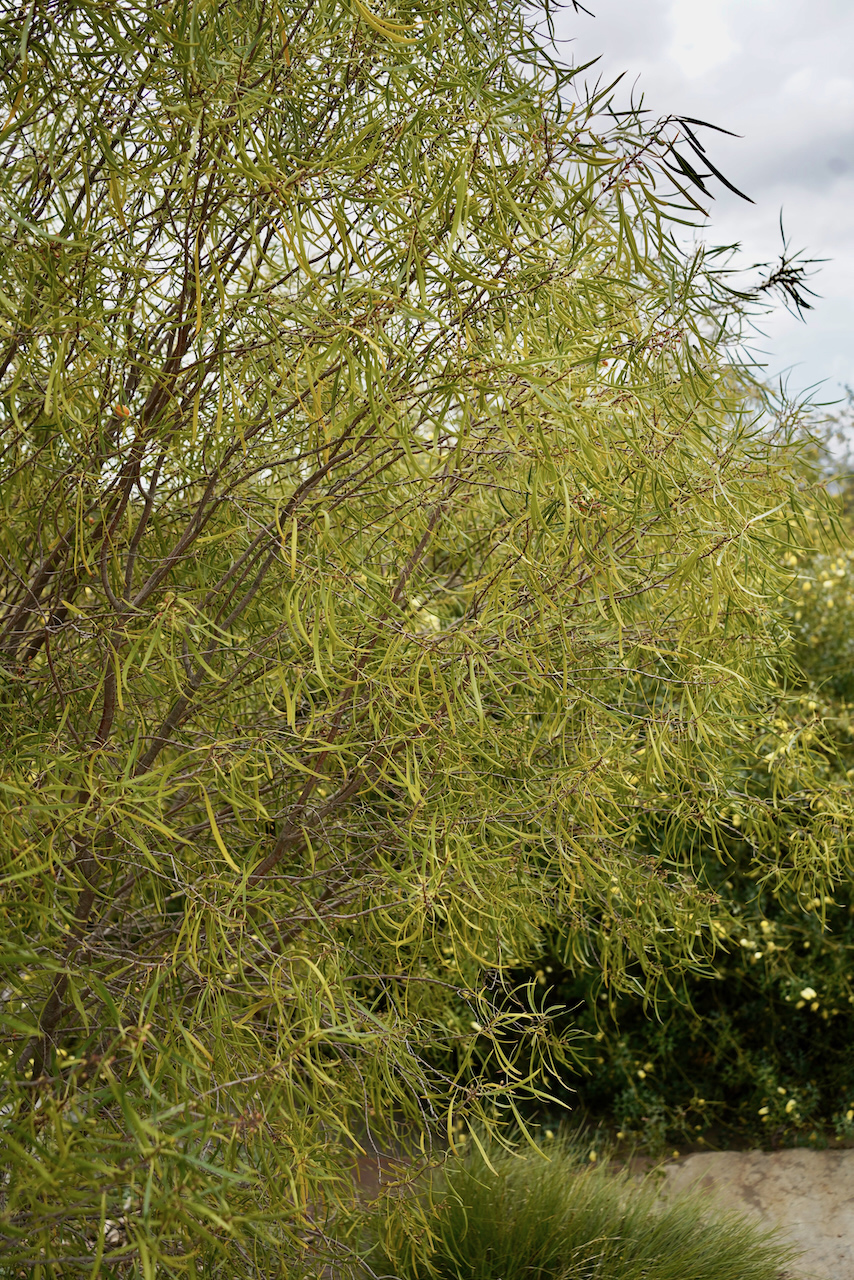
This plant is both drought and frost tolerant once established and can grow in a wide variety of soil from heavy clay to sandy loam. This plant can also be grown in a container which will reduce it’s size.
Pretty little white flowers appear from June to November, becoming yellow as they age.
The fruit is a small orange coloured orb and contains 6-8 seeds in a sticky resin, these were sometimes dried and ground into a powder to use as an aphrodisiac. The Mature fruits can last for several months on the plant from March, they are a very attractive feature however are not consumable for humans.
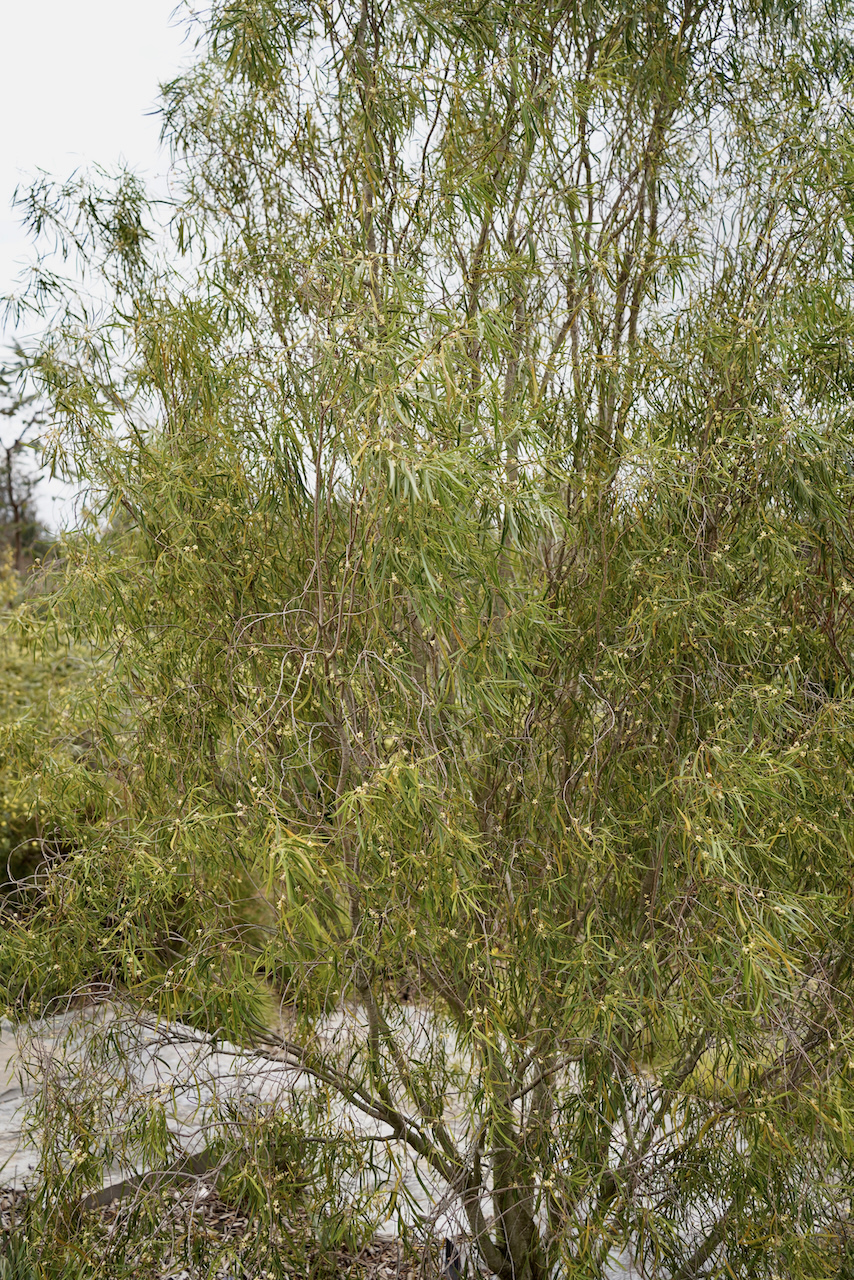
Naturally occurring in arid areas in all states of Australia, open eucalypt woodlands and areas near inland lakes and drainage lines. It is a great screening tree to block a fence, shed or neighboring buildings. It can also be planted as a small shade tree and under pruned to allow for acess under the canopy. Pittosporum angustifolium is however quite well known for have a water seeking root system due to it coming from an arid zone. This means that it should not be planted too close to buildings or any underground pipes, keeping it 2 -3 metres from foundations should give it ample space. It can also sucker if under stress.
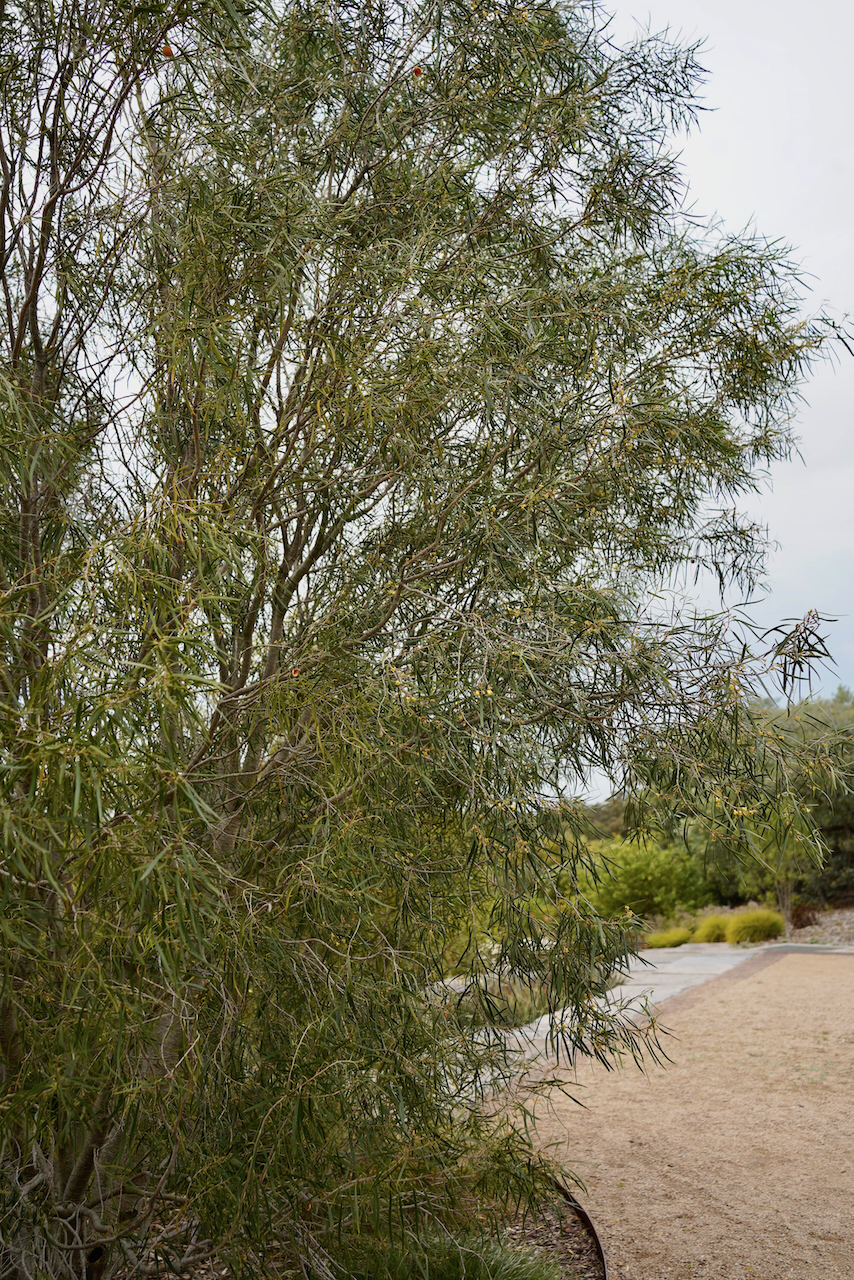
The fragrant flowers attract butterflies, pollinating insects and small birds, and the dense habit also offers protection from larger predators. So if you are looking for something a little different which doesn’t require much water why not make space for Gumbi Gumbi in your garden?
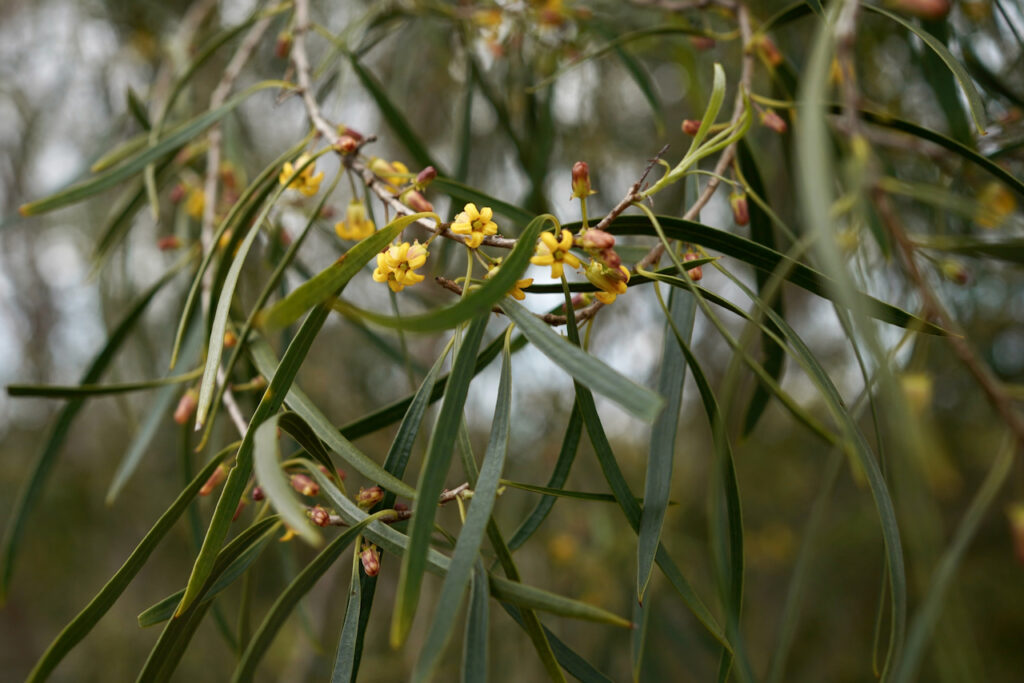


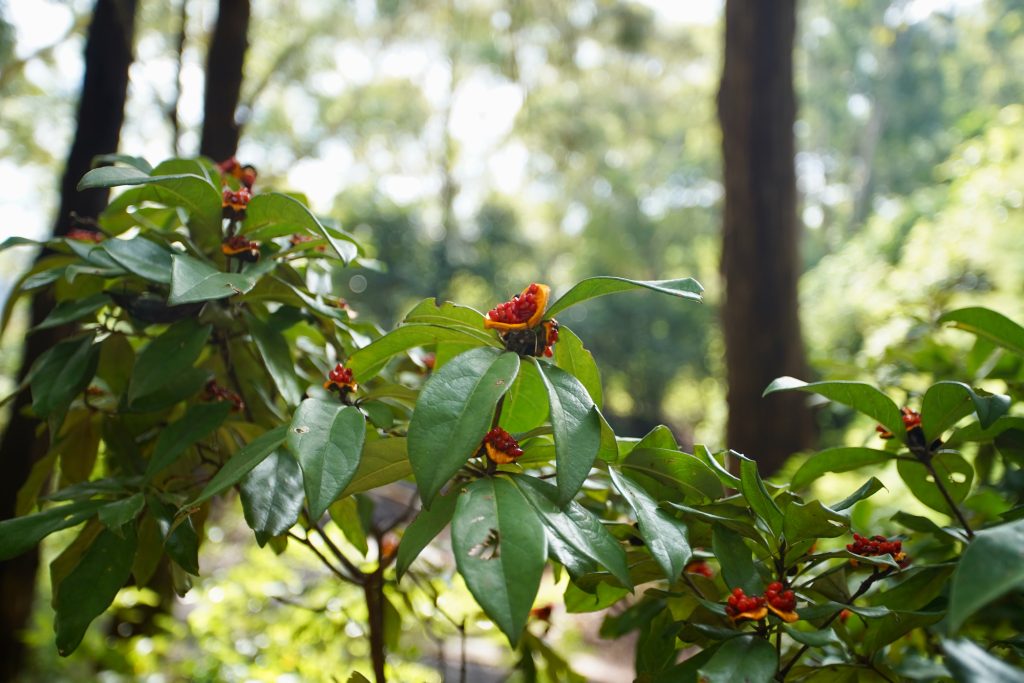
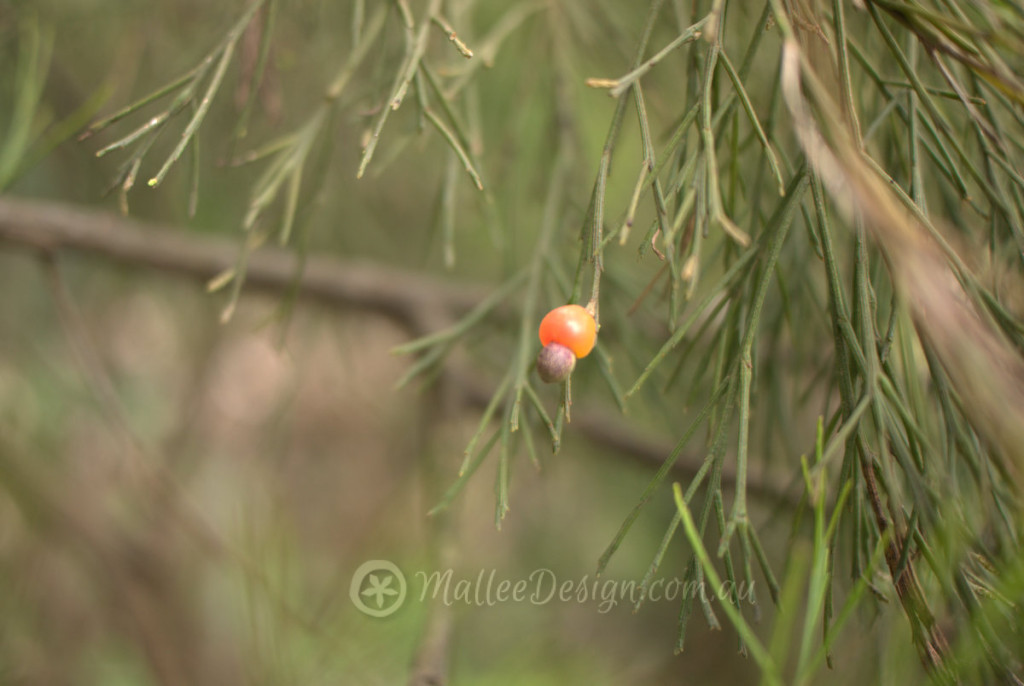
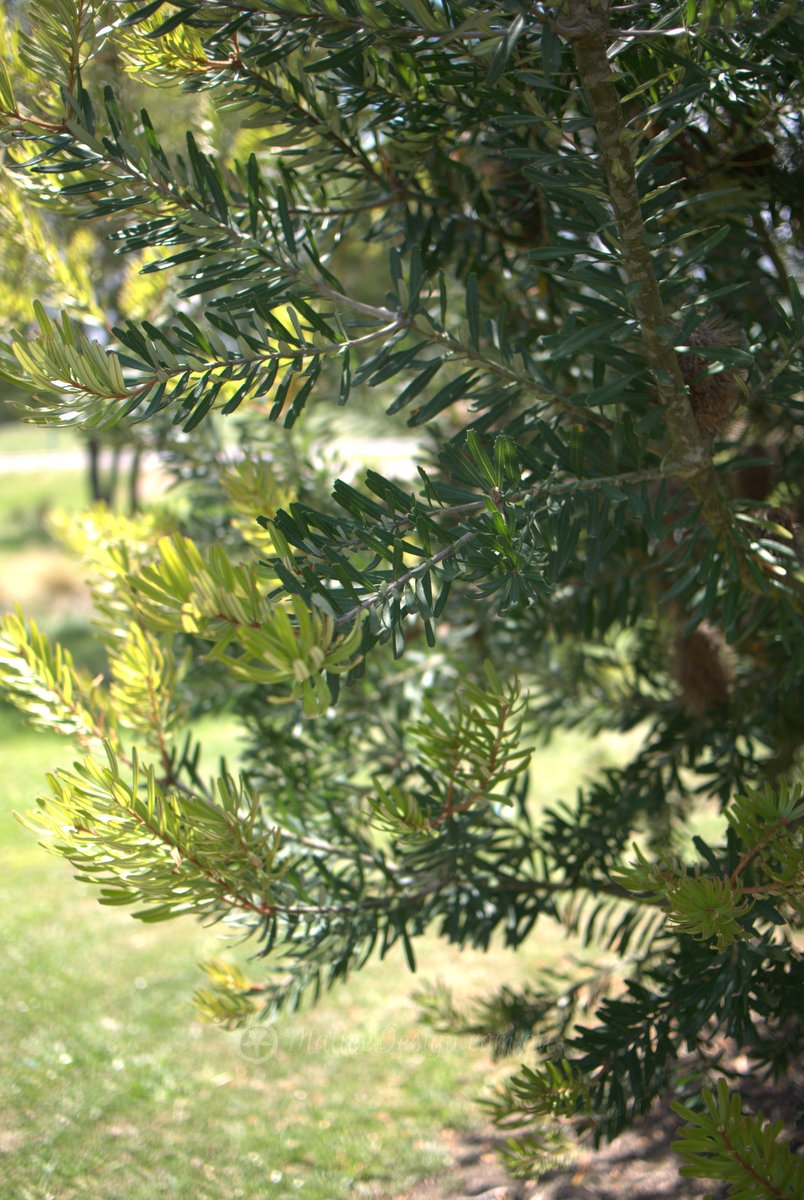
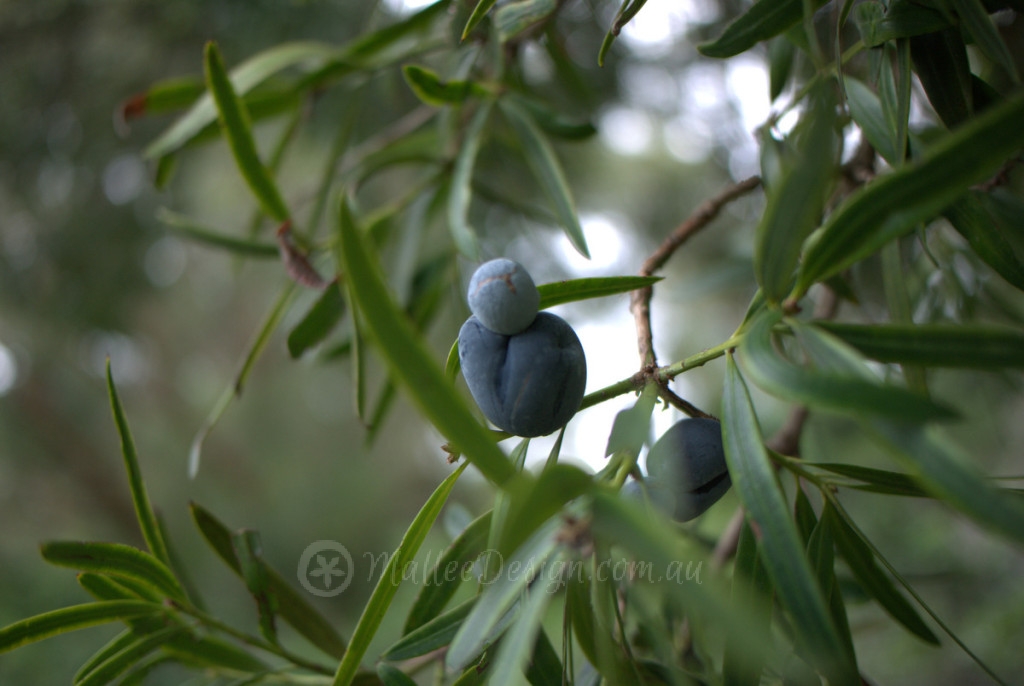
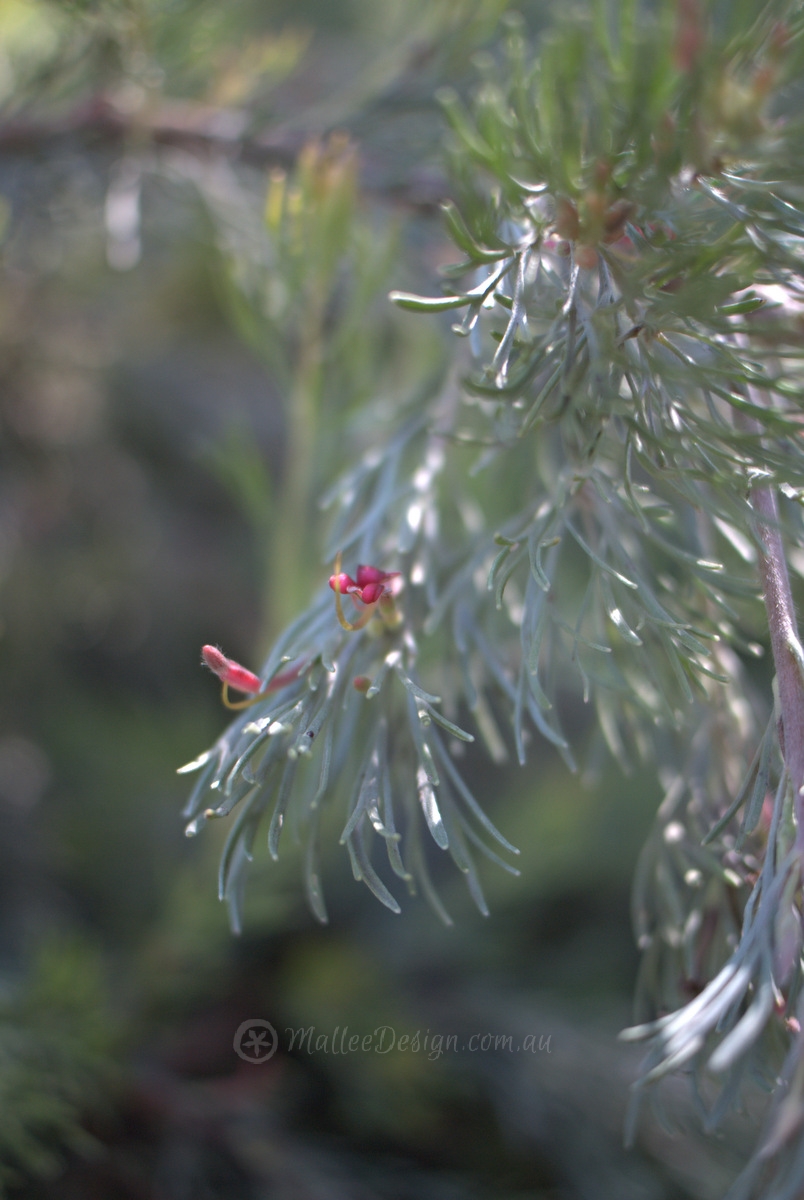
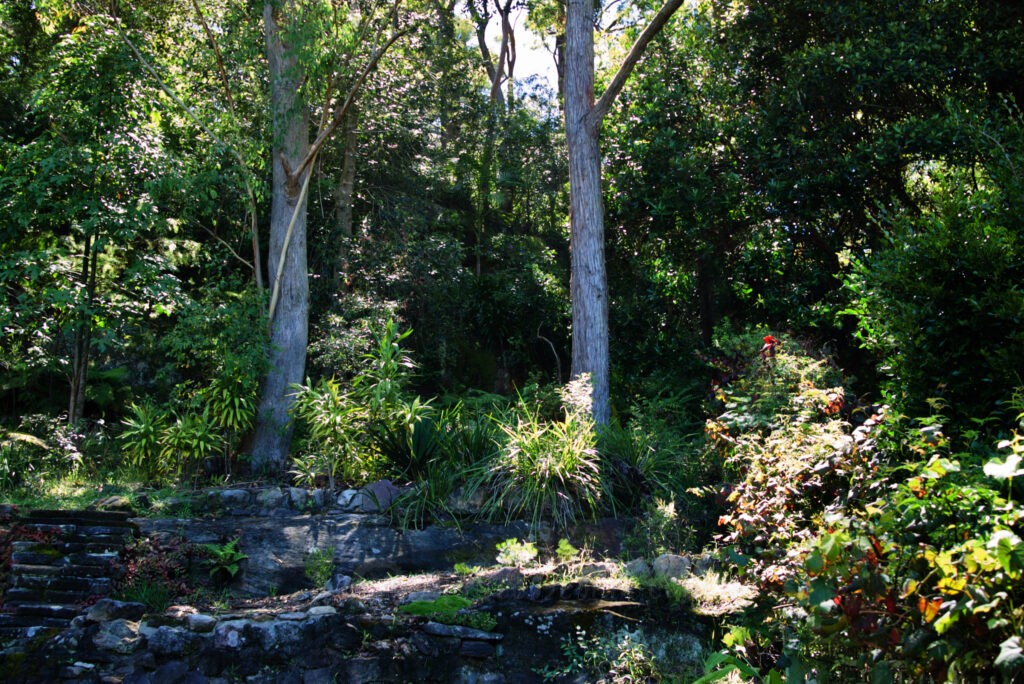
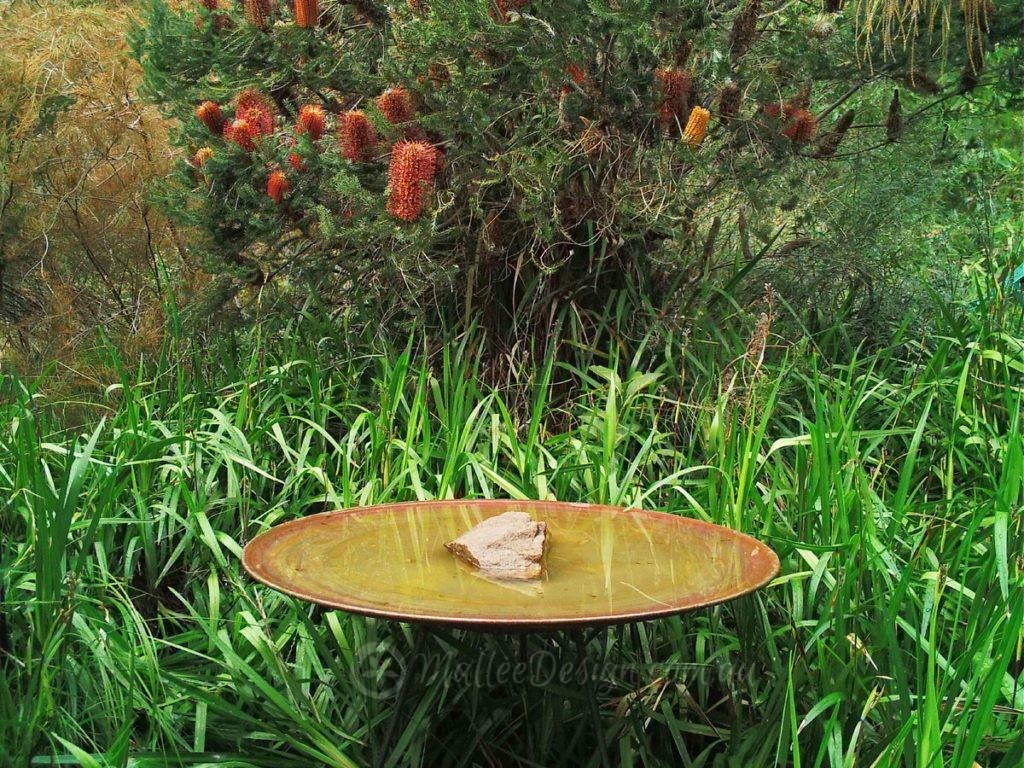
Leave a Reply